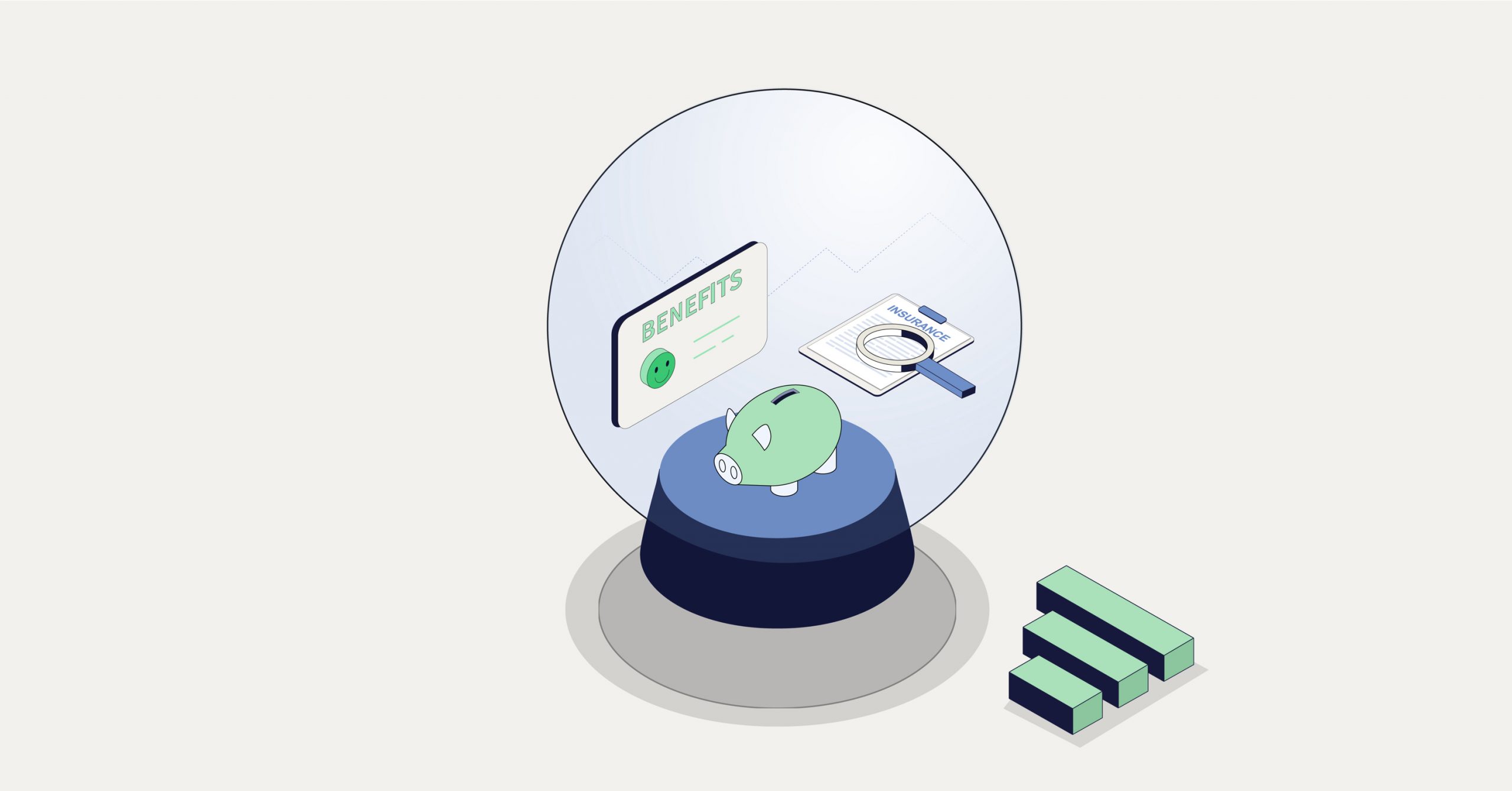The world of employee benefits is broken.
Navigating the labyrinth of options, forms, and systems is a nightmare. Enrollment is a time-sink, and getting answers is a game of roulette with conflicting information at every turn.
But in the age of AI, this does not have to be the reality. Forward-thinking enterprises and insurers are harnessing the power of machine learning, natural language processing, and robotic process automation to revolutionize benefits management. They envision a world where benefits are intuitive, personalized, and effortless – and they’re making it happen.
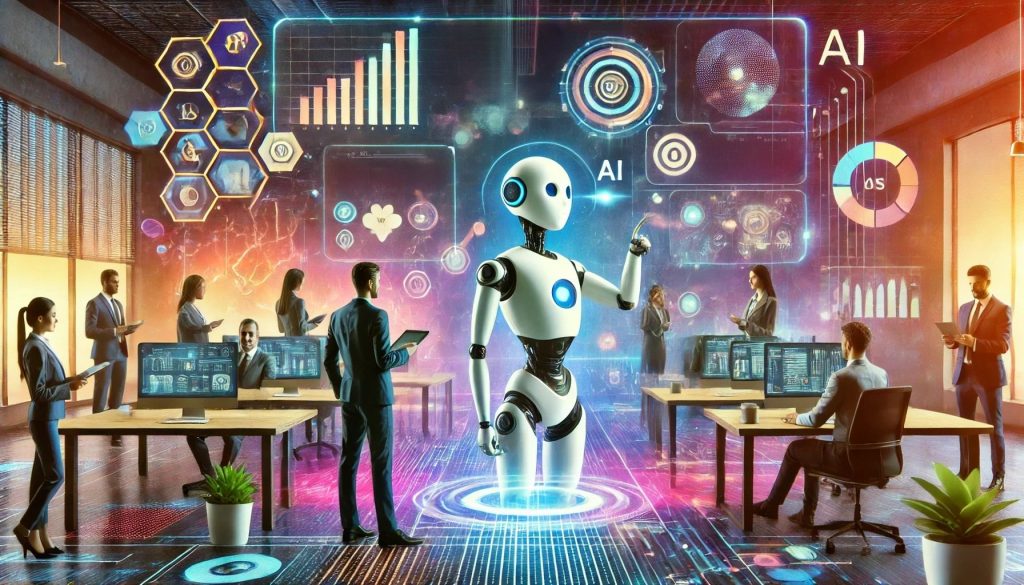
We are going through an AI revolution in the benefits space. In this article, we will explore the cutting-edge technologies driving this transformation and dive deep into the use cases that are making the once-impossible, possible.
The AI Toolkit for Benefits Management
Let us explore the building blocks of the intelligent systems that are reshaping the benefits landscape, piece by piece.
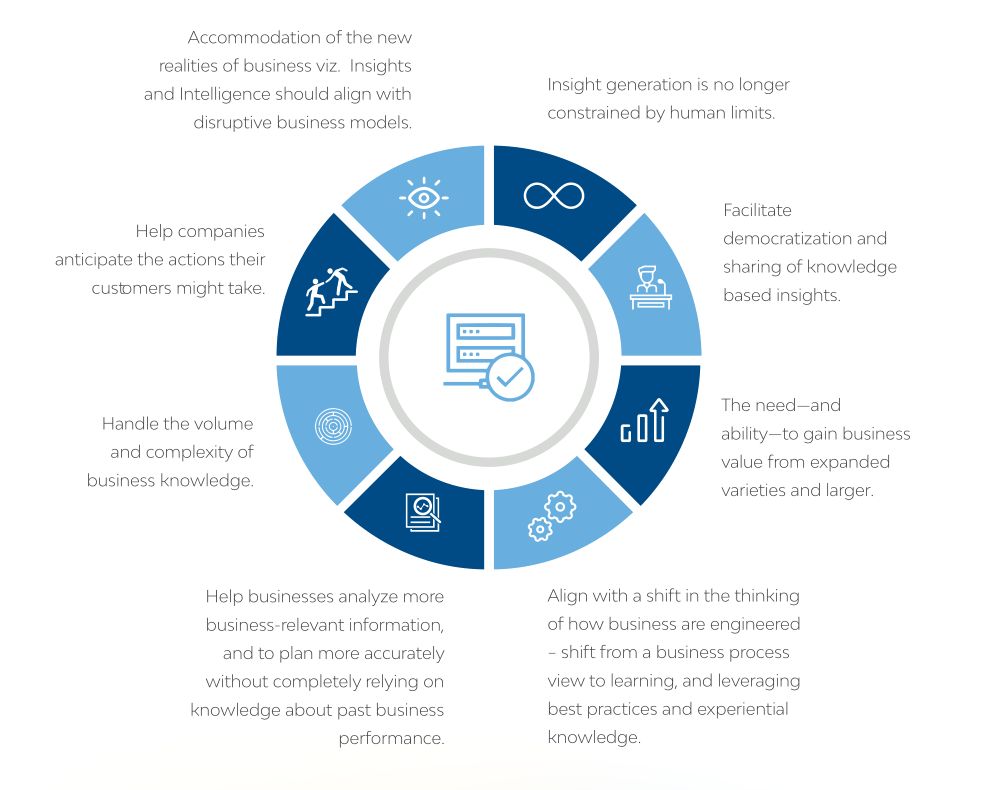
The potential of AI-powered cognitive applications for benefits
Machine Learning (ML) and Deep Learning (DL)
ML and DL are the magic behind personalized plan recommendations, fraud detection, and more.
ML algorithms empower systems to grow and adapt, learning from experience like a human would. They can spot patterns in vast oceans of data and make predictions or decisions based on those patterns, getting smarter with each iteration.
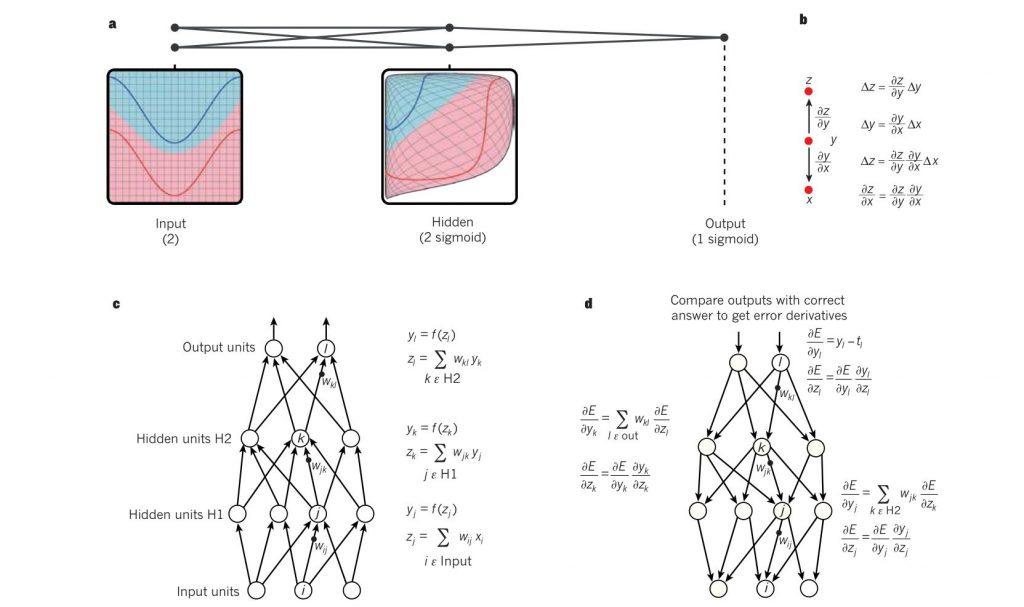
Multilayer neural network with backpropagation
Deep Learning, a subset of ML, takes this a step further. It uses artificial neural networks to simulate human-like decision-making, enabling systems to tackle complex problems that were once the exclusive domain of human experts.
The result? A benefits experience tailored to each individual, as unique as a fingerprint.
Natural Language Processing (NLP)
NLP is the magic that allows computers to understand and speak our language, breaking down the barriers between human and machine communication. It is the power behind chatbots and virtual assistants that can engage in natural conversations with employees about their benefits, understanding their questions and providing answers in plain, jargon-free language.
One of the most impressive applications of NLP in benefits is IBM’s Watson-powered “Benefits Advisor.” This AI assistant can understand and respond to employee questions in natural language, drawing from a vast knowledge base to provide accurate, personalized answers. It is literally like putting a benefits expert in every employee’s pocket.
Robotic Process Automation (RPA)
If ML and NLP are the brains of the AI revolution, RPA is the brawn. RPA uses software “robots” to automate repetitive, rule-based tasks, taking over the mundane work that once bogged down human workers. In benefits management, RPA is streamlining a wide range of processes. From data entry to eligibility verification, no task is too routine for these tireless digital workers.
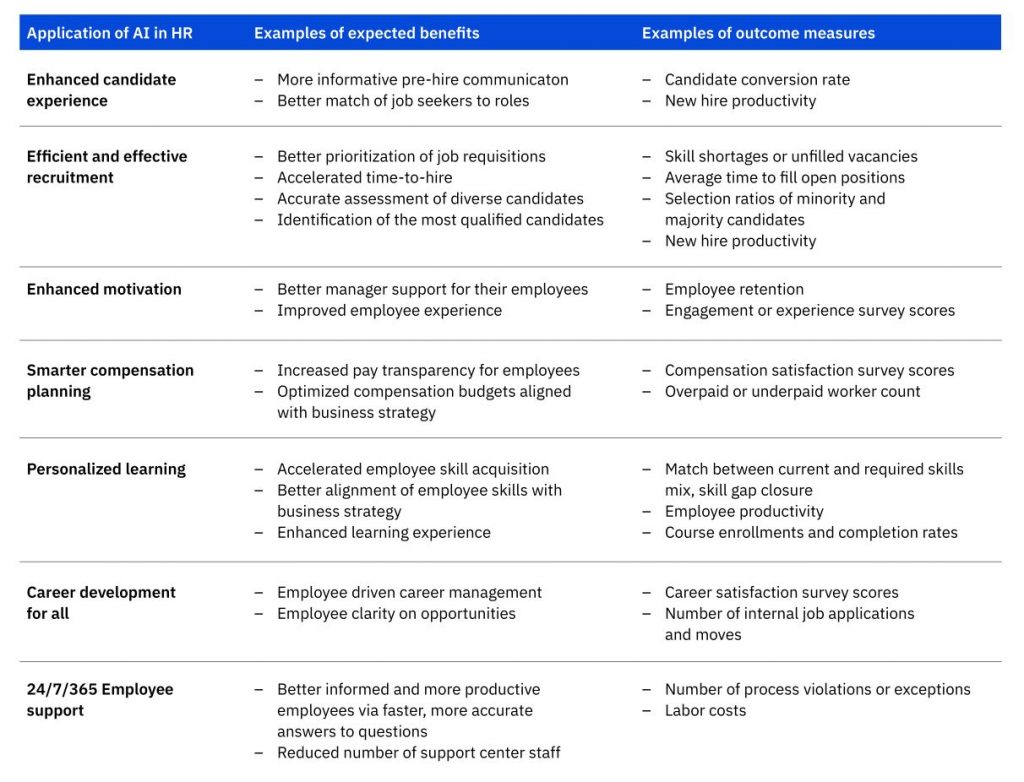
The benefits of AI in the workplace
Chatbots and Virtual Assistants
Chatbots and virtual assistants powered by NLP and ML are the friendly face of the AI revolution in benefits. These digital helpers provide 24/7 support, answering questions, guiding employees through enrollment, and even offering personalized recommendations. For employees, this means no more waiting on hold or sifting through endless FAQs. Help is always just a chat away.
Alight Solutions’ “Lisa” is a good example of a virtual benefits assistant. Using NLP to understand employee queries and ML to provide personalized responses, Lisa can handle a wide range of tasks, from explaining plan details to helping employees choose the right coverage.
The AI toolkit for benefits management is diverse and powerful. But the real magic happens when these technologies are combined and applied to the most pressing challenges.
Transforming Benefits Management with AI
From personalized recommendations to predictive analytics, AI tech is enabling a benefits experience that is more intuitive, more engaging, and more valuable than ever before.
Personalized Benefits Recommendations
By leveraging ML and DL algorithms, AI-powered systems can analyze vast amounts of data about an employee’s demographics, health status, family situation, and more to recommend the most suitable benefits options.
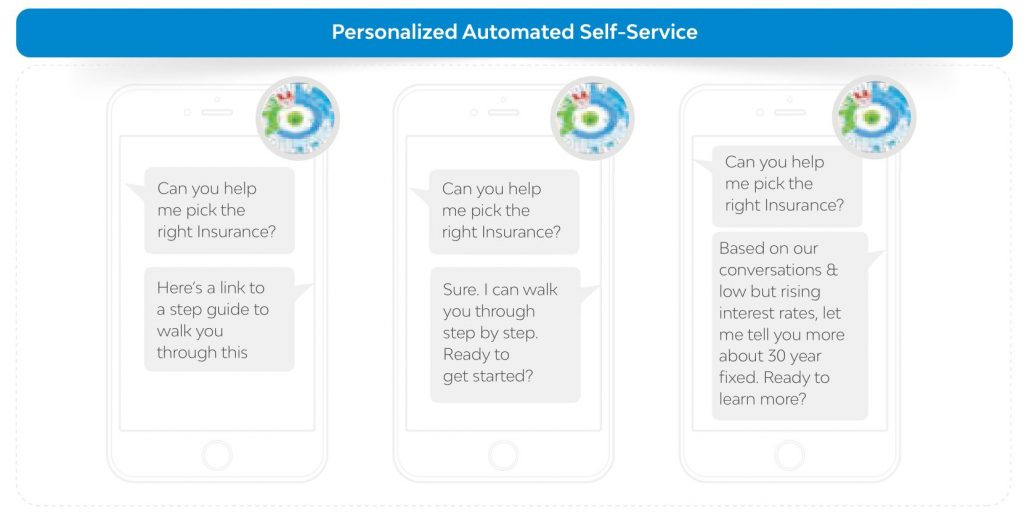
Example of AI-powered benefits management
Aon’s AI-powered benefits platform uses ML to create personalized benefits recommendations for each employee. The system analyzes data from multiple sources, including claims data, demographic information, and even social media activity, to build a comprehensive profile of each employee. It then uses this profile to recommend the most relevant benefits options, from health plans to retirement accounts.
Automated Enrollment and Eligibility Verification
Traditionally, these processes have been manual, time-consuming, and error-prone. But with AI, they can be automated, streamlined, and made virtually error-free.
AI-powered tools like IBM’s Watson use NLP to guide employees through the enrollment process, answering questions, providing explanations, and even offering personalized recommendations. But it is not just a time saver. Behind the scenes, these tools also verify eligibility, check for errors, and ensure that all selections meet the necessary criteria.
Claims Processing and Fraud Detection
With ML algorithms able to analyze massive volumes of claims data in real-time, detecting patterns and anomalies that human analysts might miss, AI is helping benefits managers catch errors and fraud before they become costly problems.
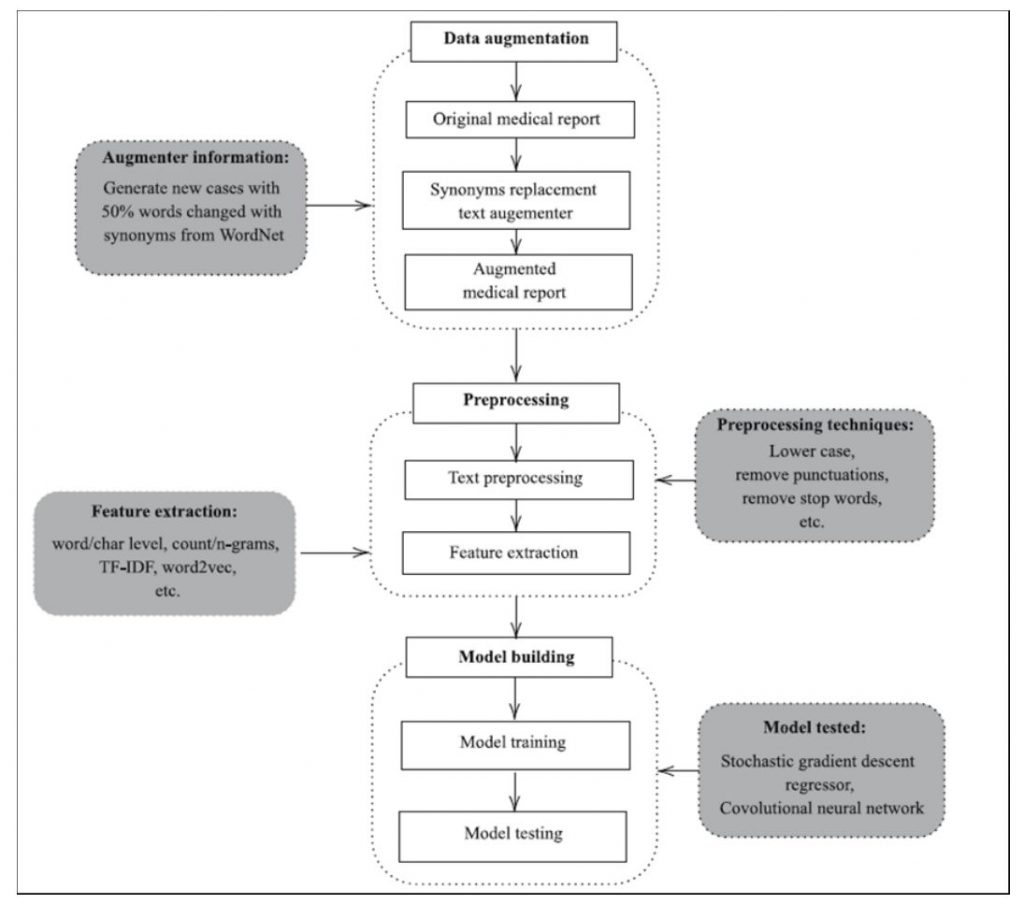
Automated document analysis framework for claims processing
These systems use ML to analyze each claim, checking for errors, inconsistencies, and potential fraud. When an issue is detected, the system automatically flags the claim for review.
Employee Engagement and Support
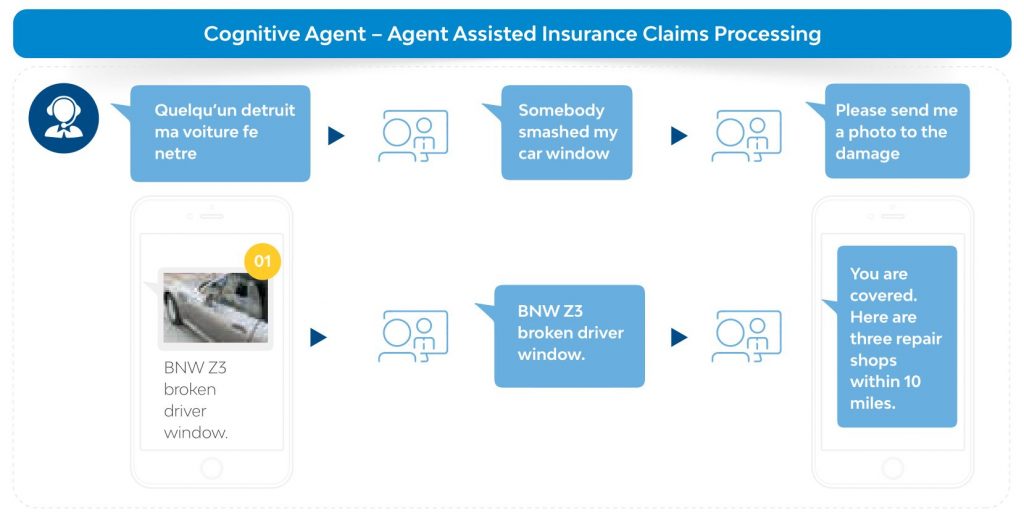
AI is also transforming the way employees engage with and get support for their benefits. With AI-powered chatbots and virtual assistants, employees can now get instant, personalized support 24/7, whether they have a question about their coverage or need help filing a claim.
Predictive Analytics for Benefits Usage and Cost Forecasting
Perhaps the most transformative application of AI in benefits management is predictive analytics. By analyzing historical data on benefits usage, costs, and outcomes, AI-powered systems can identify patterns and trends that can inform benefits strategy and help employers optimize their offerings.
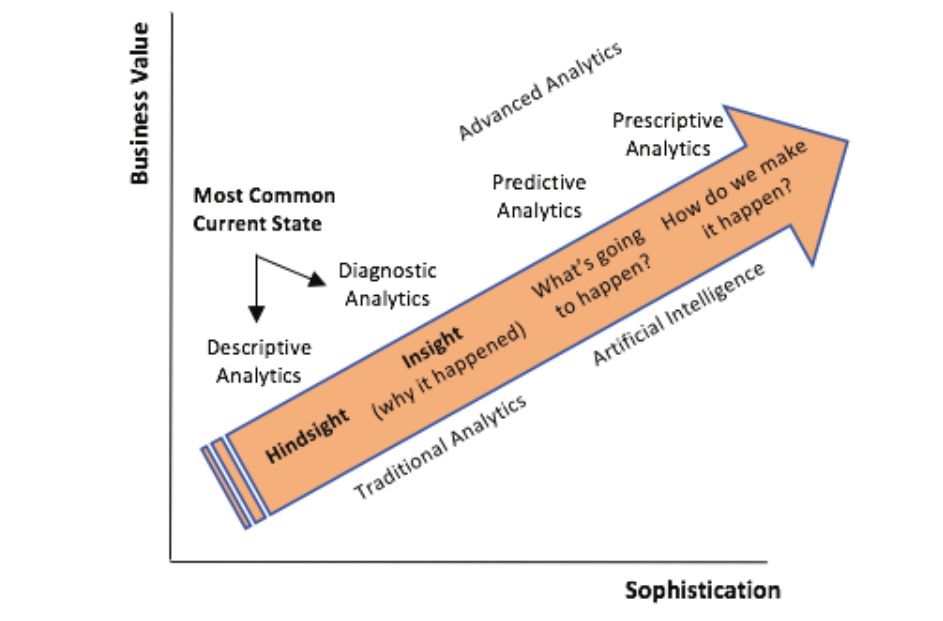
The potential of AI-powered analytics
Intelligent cognitive platforms use ML to analyze data from multiple sources, including claims data, demographic data, and even macroeconomic trends, to predict future benefits usage and costs. Employers can make proactive, data-driven decisions about their benefits strategy, ensuring that they are providing the right benefits at the right cost.
Why AI is the Game-Changer for Benefits Management
for many organizations, the decision to invest in this transformative technology comes down to one critical question: what is the bottom-line impact?
The evidence is undeniable A recent study by Accenture found that organizations leveraging AI in their HR functions have unlocked a staggering 30% increase in productivity. That’s like adding an extra day to the workweek without adding a single staff member. It is a virtuous cycle of enhanced efficiency and elevated effectiveness.
And then there’s the Holy Grail of business: cost savings. With its ability to automate processes, catch errors, and prevent fraud, AI is a veritable cost-cutting powerhouse. In the healthcare industry alone, experts predict that widespread implementation of AI can save the U.S. $360 billion per year.
But the true measure of AI’s worth is in the return on investment. And on this front, the proof is in the pudding. Just ask the U.S. investment bank that used AI to assess its workforce skills and identify roles at risk of automation. Rather than resorting to pink slips and new hires, the bank reskilled over 1,000 workers, saving a cool $150 million in the process.
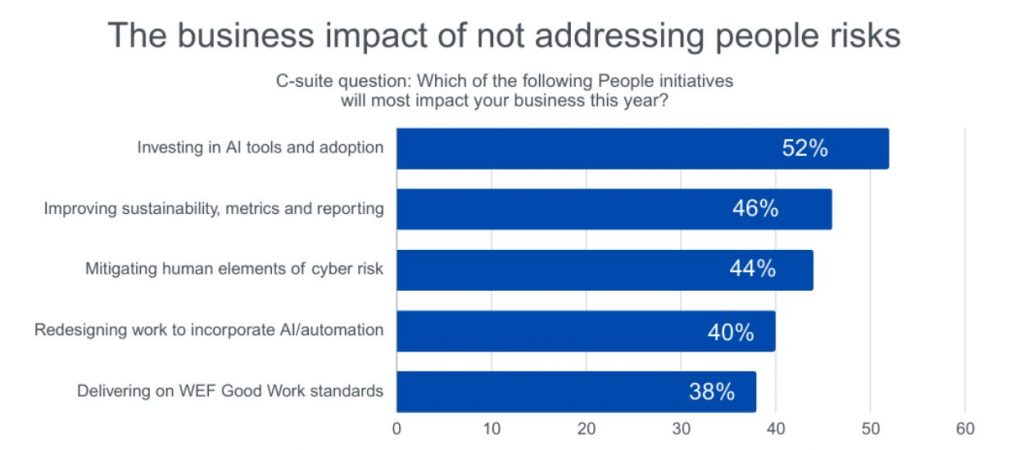
But the benefits of AI extend far beyond the balance sheet. In the cutthroat competition for top talent, AI is the secret weapon for crafting an employee experience that truly stands out. Imagine a world where every employee has a benefits concierge in their pocket, offering personalized recommendations and instant support. That is the power of AI.
And employees are taking notice. Mercer found that companies adopting AI-powered benefits tools have seen a remarkable spike in employee benefits satisfaction. This is the real magic of AI – the ability to tailor benefits to the unique needs and lifestyles of each employee. By leveraging data to create personalized benefit profiles, companies can offer a benefits experience that truly resonates.
In an age where data is king, AI is the key to unlocking actionable, real-time insights. Imagine being able to predict the health needs of your workforce, to pinpoint the interventions that will have the greatest impact, to craft a benefits strategy that not only optimizes costs but also advances your DE&I goals. That is the promise of AI.
And let’s not forget the compliance conundrum. In the labyrinthine world of benefits regulations, one misstep can spell disaster. But with AI as the watchful guardian, organizations can navigate this minefield with confidence. It is the ultimate risk management tool.
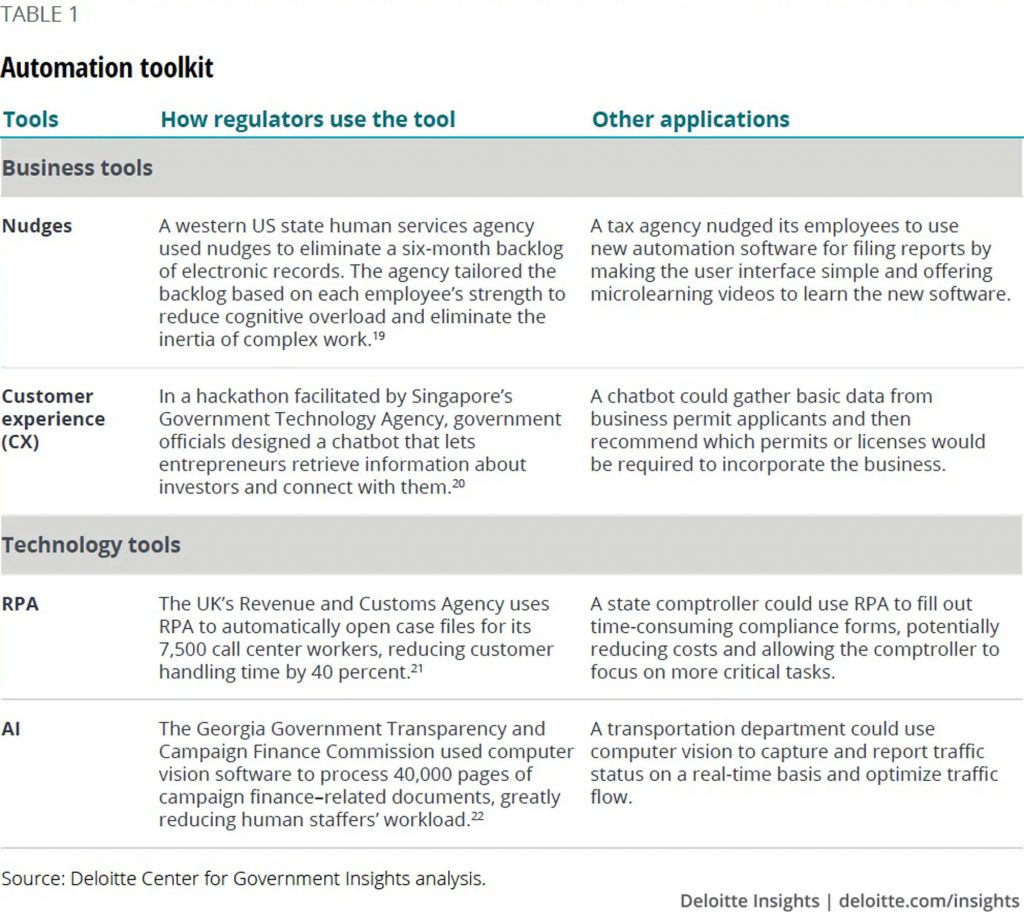
Based on Deloitte’s extensive analysis of the US federal government workforce, automating manual tasks through techniques like RPA could significantly reduce staff-hours. Specifically:
- Up to 60 million hours annually in compliance and enforcement occupations could be eliminated.
- An additional 26 million hours annually of inspectors’ time could be freed up through AI and automation deployment.
Navigating the Ethical Minefield in Benefits Management
The promise of AI in benefits management is immense, but so too are the pitfalls – the risks of bias, discrimination, data breaches, and employee backlash. Ignoring these threats is a ticking time bomb that could devastate an organization’s reputation and employee trust.
Just suppose an AI system, trusted to fairly allocate benefits, consistently denies claims from employees of a certain race or gender. Guess what – this already happened in hiring and criminal sentencing.
To prevent this dystopian scenario, organizations must make AI fairness and transparency a top priority. This means regularly auditing AI systems for bias, using diverse and representative training data, and making the decision-making process as transparent as possible. Without this kind of vigilance, AI can amplify the worst biases of our society.

But audits and diverse data are just the start. To truly ensure fairness, many experts advocate for “human-in-the-loop” approaches, where AI decisions are reviewed and validated by human experts. This hybrid approach, combining the speed of AI with the nuanced judgment of humans, could be the key to unlocking the benefits of AI while mitigating its risks.
The stakes could not be higher. Employee benefits data is among the most sensitive and heavily regulated, from personal health information protected under HIPAA to financial records governed by a web of state and federal laws. A single breach could expose an organization to massive fines, legal action, and irreparable reputational damage.
To walk this tightrope, organizations must implement a robust data security strategy. This means investing in state-of-the-art encryption, multi-factor authentication, real-time threat monitoring, and regular penetration testing. It also means ensuring strict compliance with all relevant regulations.
But perhaps most importantly, it means giving employees control over their own data. Employees should be able to access their data, know how it’s being used, and opt-out if they are uncomfortable.
The Human Factor
Amidst the excitement over AI, it is easy to forget the human factor – the employees whose lives and livelihoods will be profoundly impacted by this technology. Will AI replace human benefits managers? Will it make decisions that employees don’t understand or trust? These are the fears that keep HR leaders up at night.
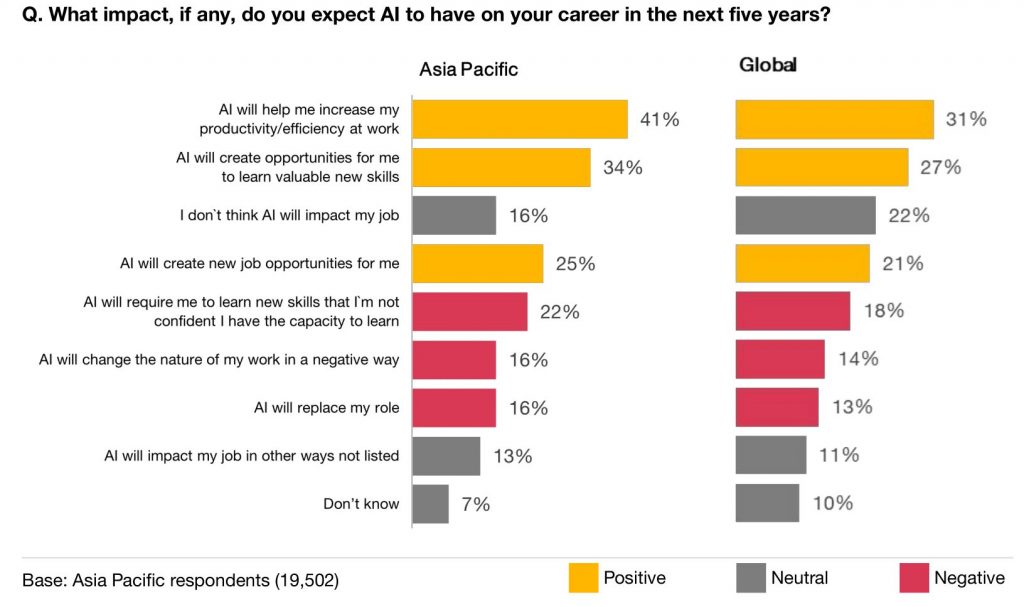
PwC Asia Workforce Hopes and Fears Survey 2023
To allay these fears, organizations must approach AI as a tool to empower, not replace, human workers. This means investing heavily in upskilling and reskilling HR staff to work alongside AI, interpreting its outputs and translating them into human-centered strategies. The organizations seeing the most success with AI are those that are co-creating these systems with their employees. They are asking for feedback, incorporating employee concerns, and iterating based on user experience.
That’s how you build trust.
Conclusion: The AI-Powered Future of Benefits Management
While personalized benefits platforms and AI-powered assistants are already transforming the employee experience, the future promises even more profound advancements. We can anticipate the emergence of fully autonomous benefits systems that can not only recommend and enroll employees in the optimal plans but also adapt in real-time to changes in their life circumstances.
Moreover, the integration of AI across the full spectrum of HR functions will enable an unprecedented level of coherence and synergy. Picture a time when your benefits AI collaborates seamlessly with your performance management AI to adjust your benefits package based on your evolving career trajectory. This is the kind of holistic, data-driven approach that the AI revolution will enable.
Ultimately, the greatest promise of AI in benefits management is its potential to create a more human-centric workplace – where your benefits are as tailored as your Netflix recommendations. Where your AI assistant not only helps you navigate your health plan but also proactively guides you towards wellness. Where your employer does not just provide benefits but actively invests in your overall wellbeing and growth.
This is the promise of AI-powered benefits management – and it is a future worth striving for.



